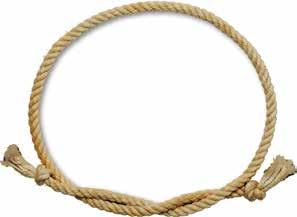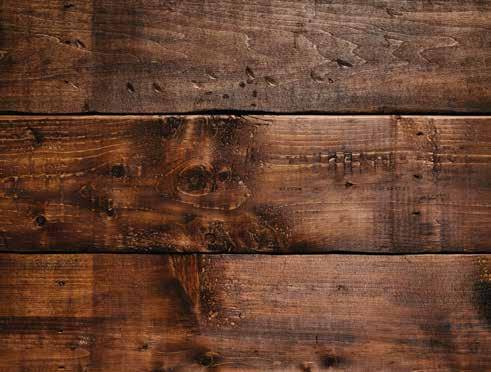
3 minute read
WLPIP Premiums Reflecting Normal Market Volatility
WLPIP Premiums Reflecting Normal Market Volatility by Jeff Gaye
Beef prices are volatile by nature, but the added volatility associated with the Covid-19 pandemic appears to have subsided. Nonetheless, the Saskatchewan government has decided to continue its 40 per cent subsidy to help cover Western Livestock Price Insurance Program (WLPIP) premium jumps.
Advertisement
Under the program, the government has covered 40 per cent of increased premiums since February 25. The program was to be reassessed September 1, at which time Saskatchewan Crop Insurance Corporation (SCIC) decided to extend it to December 31.
The Saskatchewan Cattlemen’s Association (SCA) has added an additional 8 per cent payout to offset premium increases, and has also extended its program to December 31 to match the SCIC program.
“Volatility in the premium has really subsided and has been back to normal, and even in some spots below normal for quite some time,” said Jodie Griffin, WLPIP program coordinator for SCIC.
“The escalation and the volatility was really more in April, May, and part of June. But since then, it has come back down into what we would consider normal volatilities for the premium. There’s been no payouts for a while now,” Griffin said.
WLPIP allows producers to buy insurance against falling prices. The producer determines the “floor” price they want to insure, and pays premiums based on the risk.
The higher the floor price, the higher the premiums.
With Covid-19 introducing new volatility into the market, the Saskatchewan government announced in May that it would subsidize 40 per cent of the premium increases (not 40 per cent of the total premium) effective February 20. “It may seem a little bit lacklustre in dollars because I think a lot of people had thought it was 40 per cent of the total premium, and that wasn’t the case. It’s that volatility piece that’s the main driver of premium calculation,” Griffin said.
And, she adds, the 40 per cent premiumincrease subsidy is a Saskatchewan-only program.
“The WLPIP is a collaborative effort with the four western provinces, and Saskatchewan was the only one that took the lead on that.”
“For those that are eligible and are receiving the premium rebate, if they have not paid their premiums on their calf policies or their feeder policies, that premium rebate will automatically be applied to what is owed,” Griffin said. “They will receive a statement that will show that the rebate has been applied, and the balance is what is owed to SCIC for them to come in and pay.”
The SCA portion will be paid by cheque and mailed to eligible producers. Griffin also encourages producers to have a look at the Livestock Set Aside program that was established to help deal with pandemic fallout.
The Government of Saskatchewan contributed up to $5 million for Saskatchewan’s 40 per cent cost share in the National AgriRecovery Set-aside program. This program is a partnership between the Saskatchewan government and the federal government.
“Saskatchewan livestock producers now have access to a total of $12.5 million dollars under the Set-aside program,” Griffin said.
“The Set-aside program came into play due to the Covid-19 as it impacted packing plants that experienced temporary closures. This created a backlog of marketready cattle and bison in Saskatchewan.”
The program helps with managing the cost of holding back market-ready livestock while processing plants deal with the backlog of animals caused by Covid-19 outbreaks. This program is designed exclusively for finished livestock.
WEE EARLY CASTRATION Tensioned Loop for Newborns


COMPRESSION ANALGESIA


PRO DELAYED
CASTRATION Built-in Cutter Self-locking Loop
Made In USA








